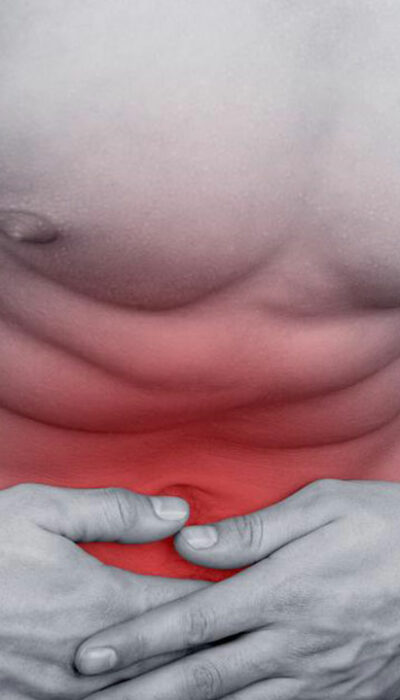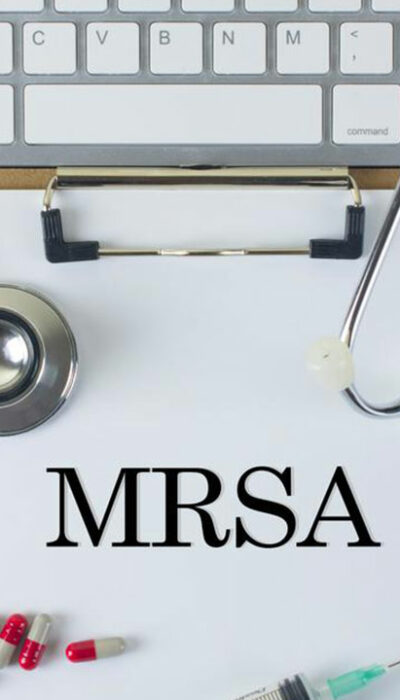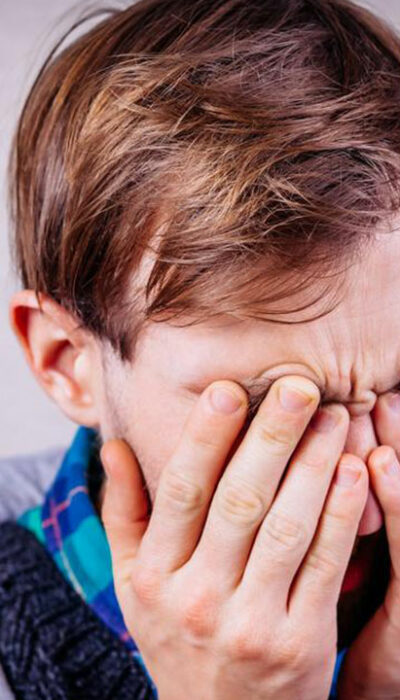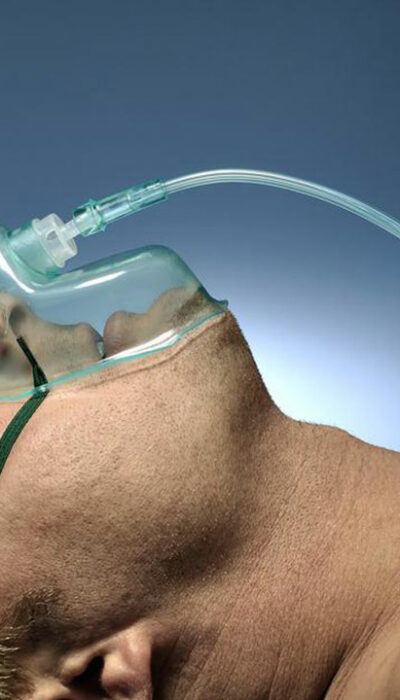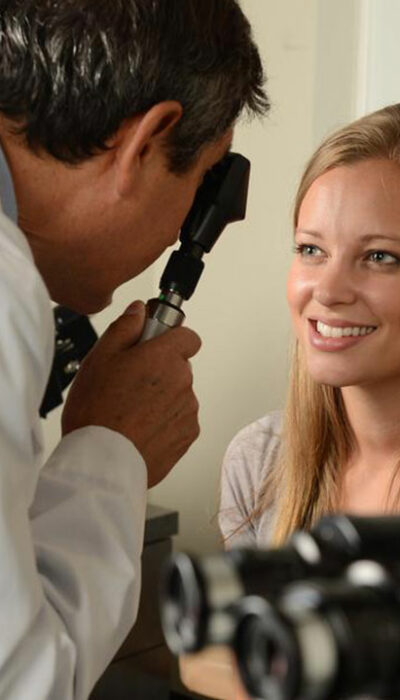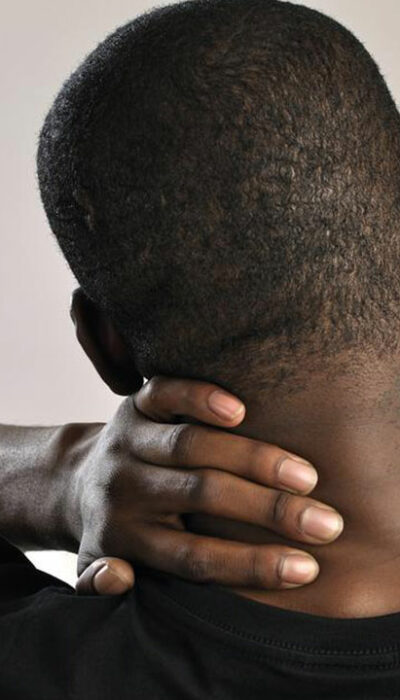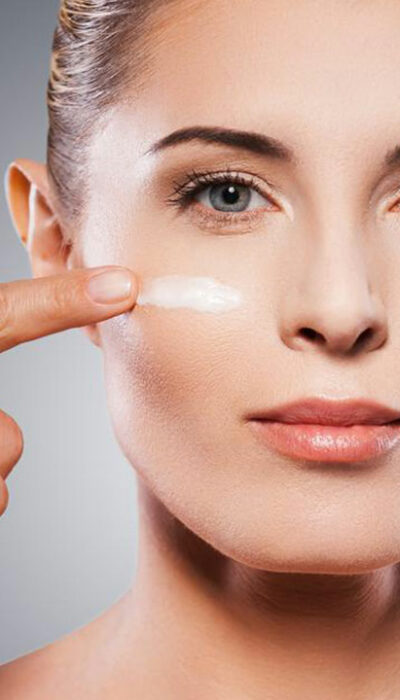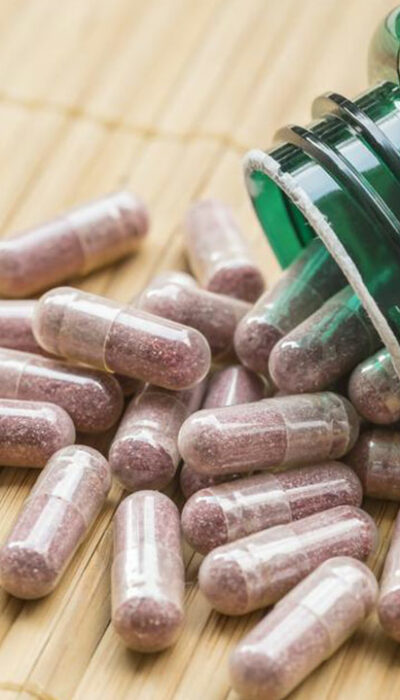
Brain Boosting Supplements for Intellectual Power
Our brain works at its natural capacity but sometimes supplements are required for the growth of our brain and its enhancement, i.e. stimulators that would help in overall wit development. Brain boosting supplements also known as “Nootropics”, help a person in enhancing their concentration power and alertness by helping the brain to process information quickly. Brain boosting supplements also help in the long run as it reduces the risk of Alzheimer’s. Other significant benefits of brain-boosting supplements include better-retaining power, better recalling power, better energy, reduced stress, better focusing power and less fatigue. There are several brain boosting supplements that are effective and have been widely used by people around the world. Some of the best available brain boosting supplements have been discussed below. Omega 3 Fatty Acids: These are vital fatty acids that are not naturally found in the human body. These fatty acids are present in cold water fish and plants and have been found to be really essential for the development of the brain and its functionality. Studies have shown that people are prescribed omega-3s with antidepressants achieve better effective results. Another study has shown that children who intake omega-3s in their diet or even artificial supplements that are available in the market have shown better memory and healthy brains with the clarity of mind in later stages of life. There are mainly two omega-3 fatty acids; DHA and EPA. DHA is better for brain health than EPA. DHA is the primary component of the cerebral cortex; the area of the brain which is responsible for every important function of the brain. Natural source of the supplement is Fish rich in Omega-3 fatty acids including Herring, sardines, salmon, and mackerel. Plants rich in Omega-3 fatty acids include flax seeds, soy beans, walnuts, chia, and pumpkin seeds. Ginkgo Biloba:
